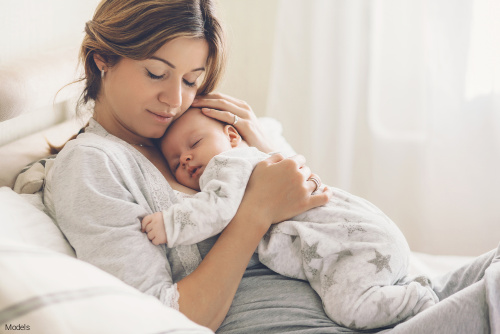PBS/IC: Treatment Options
While there is no cure for painful bladder syndrome/Interstitial Cystitis (PBS/IC), there are several surgical and non-surgical treatment options available. A combination of these options is usually required for symptom control. Finding the combination of options that will provide relief often requires diligence and patience.
Non-surgical treatment options include:
Bladder diet
Following a bladder diet means avoiding food and beverages that irritate the bladder and intensify urinary symptoms. A “bladder elimination diet” is a way to determine which particular foods and beverages make your symptoms worse.
Pelvic floor therapy
Pelvic floor therapy consists of a series of visits to a physical therapist with specialized training in the treatment of pelvic floor problems. The physical therapist uses a combination of the techniques listed below depending on the type of urogynecological condition present.
Behavioral modification – education on diet, fluid intake and other lifestyle changes to manage various bothersome symptoms.
Bladder training – learning to use the pelvic floor muscles to suppress overactive bladder symptoms (urinary urgency, frequency, noturia and urge urinary incontinence).
Biofeedback – an intravaginal device used to train the pelvic floor muscles to contract or relax correctly.
Functional electrical stimulation – a device that can be used intravaginally or externally that delivers a gentle electrical current to activate or relax the nerves and muscles in the pelvis.
Manual therapy – pressure applied to and released from muscles in spasm to relax them and increase blood flow to the area for healing.
Joint and tissue mobilization – gentle manipulation to help calm the muscles and nerves of the pelvis.
Various Medications
There are several brands of PBS/IC medications on the market.
Bladder instillations
Bladder instillations are repeated instillations of lidocaine, heparin and other substances into the bladder to decrease bladder pain. The mixture is instilled through a small catheter inserted into the bladder through the urethra two times per week until the desired results are acheived.
Referral to a mental health professional
If appropriate, a referral will be made to a mental health professional.
Surgical treatment options include:
InterStim™ Therapy
InterStim™ Therapy is an FDA-approved treatment for urinary urgency, frequency, urge incontinence and retention. The InterStim™ is a small device that is implanted under the skin of one of the upper buttocks. It works by gently stimulating the sacral nerves to help the bladder function more normally.
Axonics® Therapy
The Axonics System is a newly designed therapy aimed at helping individuals who struggle with bowel incontinence, overactive bladder, urinary retention and other urinary issues. Dr. Aguirre was the first surgeon in Colorado to implant the Axonics System in December 2019. This therapy is performed using a small neurostimulator implant that can be repeatedly recharged and controlled by the patient for at least 15 years.
Spinal nerve blocks




